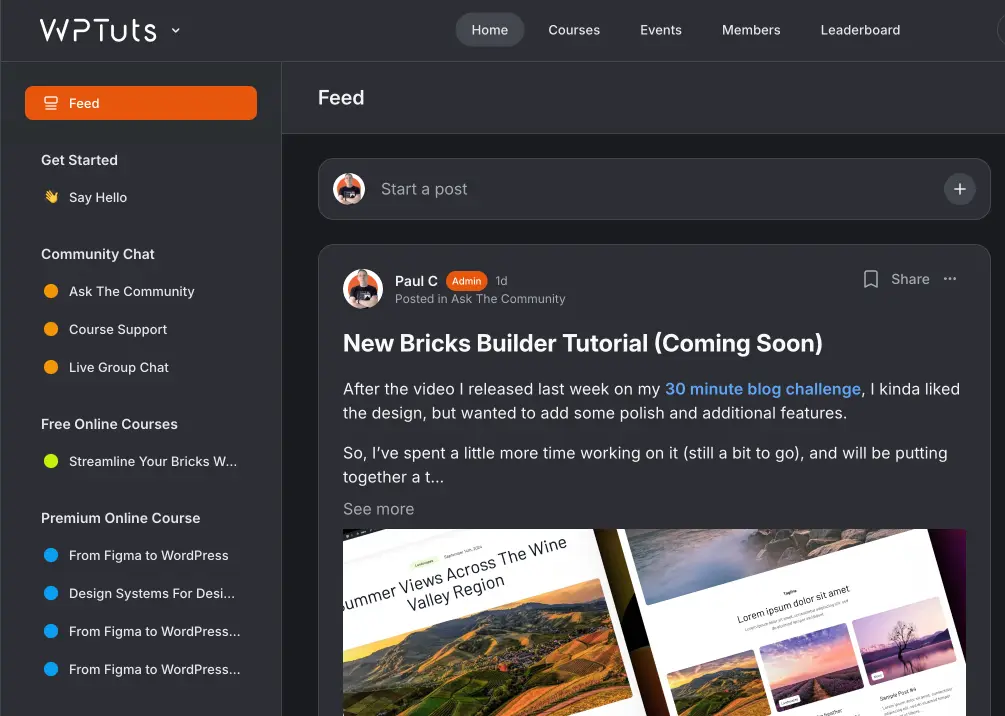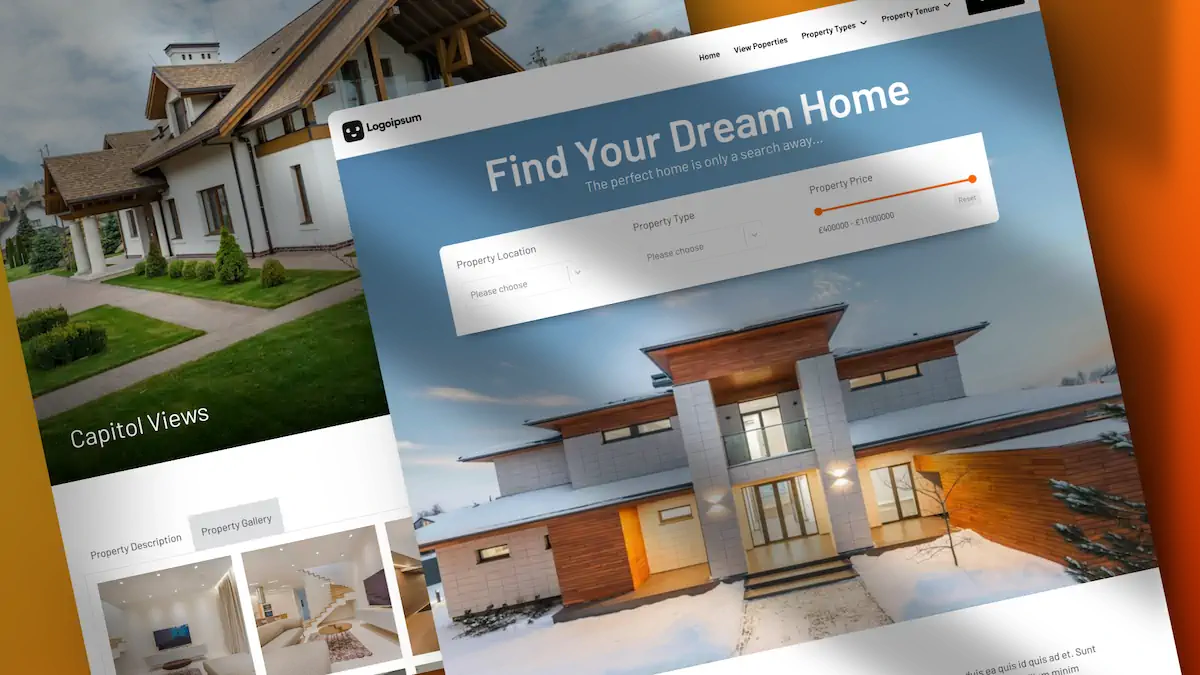Integrating Gutenberg Content in Bricks Builder for Client Websites
Creating dynamic and user-friendly websites for clients is a crucial part of a web developer's job. When working with Bricks Builder, there are various approaches to handling client content management.
This tutorial focuses on integrating Gutenberg content into Bricks Builder templates, providing a balance between developer control and client flexibility.
Why Use Gutenberg with Bricks Builder?
As part of WordPress, Gutenberg offers a relatively intuitive and flexible content creation experience. By integrating it with Bricks Builder, you can:
- Maintain control over the website’s design and structure.
- Allow clients to add and manage content easily.
- Combine the strengths of Bricks Builder’s design capabilities with Gutenberg’s user-friendly content editor.
Creating a Basic Blog Post Template
Step 1: Setting Up the Template
- Create a New Template: In Bricks Builder, create a new template. Name it appropriately, like “Blog Post Template.”
- Assign Template Type: Set the template type to “Single” to apply it to individual posts.
- Configure Conditions: In the template settings, specify conditions for posts using this template.
Step 2: Designing the Template
- Add a Section: Start with a basic section and an inner container.
- Adjust Layout: Customize the layout, margins, and other styling.
- Insert Elements: Use Bricks Builder elements like images and headings for static parts of the template.
Step 3: Integrating Gutenberg Content
- Add Post Content Element: Search for the “Post Content” element in Bricks Builder.
- Place the Element: Drag the Post Content element where you want the Gutenberg content to appear.
- Configure Content: This element will automatically display the content created in Gutenberg, including text, images, and other Gutenberg blocks.
Step 4: Adding Dynamic Data
- Dynamic Heading: Change the heading element to display the post title dynamically.
- Featured Image: Use dynamic data settings to add and configure the post’s featured image.
Step 5: Finalizing the Layout
- Reorder Elements: Arrange elements like headings and images as per your design.
- Apply Styling: Add styling like rounded borders or custom padding.
Testing and Client Handoff
- Save and Preview: Save the template and preview it with sample posts.
- Apply Styling: Make final design tweaks to ensure everything looks cohesive.
- Client Training: Show your clients how to add content using Gutenberg, ensuring they’re comfortable with the basic editing process.
Additional Tips
- Control Access: If needed, limit the options available to clients in Gutenberg.
- ACF/MetaBox Integration: Combine this approach with ACF or MetaBox for more complex data handling.
- Feedback and Customization: Adapt the process based on client needs and feedback.
Conclusion
Integrating Gutenberg content with Bricks Builder templates provides a flexible yet controlled environment for your clients to manage their website content. This approach marries the design strength of Bricks Builder with the user-friendly content management of Gutenberg, creating a win-win situation for both developers and clients.
Community
Join the WPTuts Academy Today
Join over 400 members and gain access to a vibrant community of web designers today.

